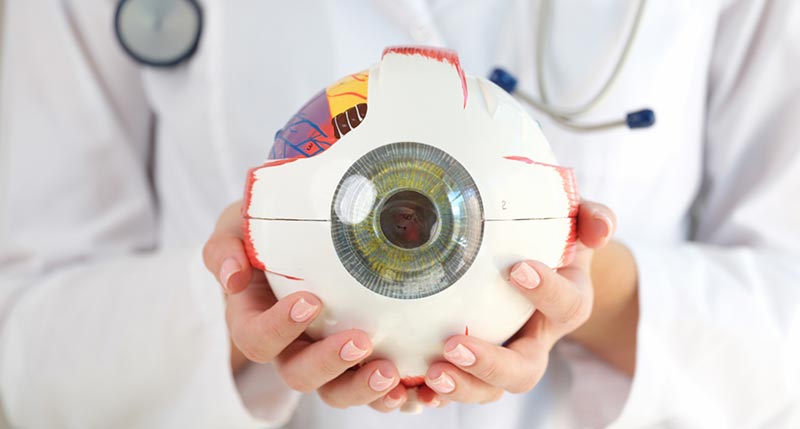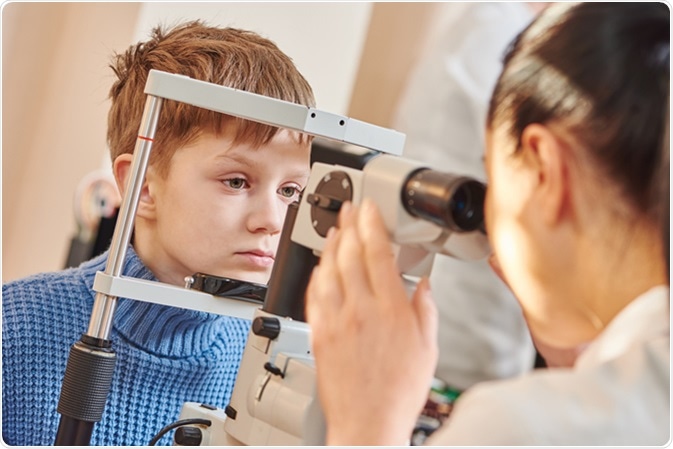Eye Facility in Andalusia: Advanced Vision Treatment Services Available
Eye Facility in Andalusia: Advanced Vision Treatment Services Available
Blog Article
The Pros and Cons of Various Refractive Surgeries for Improved Eyecare

LASIK Surgical Procedure
LASIK surgical treatment is a commonly performed refractive procedure that intends to deal with vision problems such as nearsightedness, astigmatism, and farsightedness. This medical technique has obtained appeal because of its effectiveness in giving patients with more clear vision and decreasing their dependence on glasses or call lenses. Throughout the treatment, a thin flap is produced on the cornea, and a laser is utilized to improve the underlying tissue, correcting the refractive error. The flap is then repositioned, allowing for fast recovery and very little pain for the individual.
One of the key benefits of LASIK surgery is the fast renovation in vision experienced by several clients. It is essential for people taking into consideration LASIK surgical procedure to undertake a comprehensive analysis by an eye care expert to identify if they are suitable candidates for the treatment.
PRK Treatment
The PRK treatment, likewise recognized as Photorefractive Keratectomy, is a type of refractive surgical procedure that intends to remedy vision issues comparable to LASIK surgical treatment. Unlike LASIK, which includes creating a flap in the cornea, PRK functions on the surface area layer of the cornea.
One of the benefits of PRK over LASIK is that it removes the danger of flap-related complications because no flap is created throughout the surgery. This can be helpful for individuals with thin corneas or those included in get in touch with sports where eye injury is an opportunity. The recuperation time for PRK is commonly much longer compared to LASIK, as the external layer of the cornea needs time to restore after the treatment. Regardless of the longer healing duration, PRK can be an appropriate choice for people looking for vision adjustment surgical treatment.
SMILE Surgery
An innovative refractive surgical procedure strategy acquiring popularity in the area of ophthalmology is SMILE Surgical treatment. Small Laceration Lenticule Extraction (SMILE) is a minimally intrusive procedure that remedies vision by reshaping the cornea using a femtosecond laser. Unlike standard LASIK surgical procedure, SMILE Surgery includes creating a little incision in the cornea to remove a lenticule, which causes less disturbance to the corneal framework and possibly much faster healing times.
One of the main benefits of SMILE Surgery is its capability to deal with nearsightedness (nearsightedness) and astigmatism with high precision, causing outstanding aesthetic check end results for clients. The minimally intrusive nature of the procedure additionally reduces the risk of difficulties such as completely dry eye syndrome, making it a desirable option for people seeking refractive surgical procedure.

LASEK Method
Having actually discovered the benefits and considerations of SMILE Surgery, one more notable refractive surgical treatment method worth analyzing is the LASEK Method. LASEK, which stands for Laser-Assisted Subepithelial Keratectomy, is a form of laser eye surgery that aims to deal with refractive errors such as myopia (nearsightedness), hyperopia (farsightedness), and astigmatism.
Unlike LASIK, LASEK does not involve developing a corneal flap. Rather, during a LASEK treatment, the cosmetic surgeon uses a diluted alcohol remedy to loosen up the thin outer layer of the cornea, known as the epithelium.
One of the key advantages of LASEK is that it can be appropriate for people with thin corneas that might not be great prospects for LASIK. In addition, LASEK commonly leads to very little post-operative discomfort and a quicker healing time compared to PRK. Nonetheless, cardiologist andalusia the aesthetic recovery process with LASEK may be somewhat longer than with LASIK.
Implantable Get In Touch With Lenses
Implantable Get in touch with Lenses offer a long-lasting vision adjustment remedy for individuals seeking a choice to typical call lenses or glasses. These lenses, likewise called phakic intraocular lenses, are surgically put into the eye to correct refractive errors such as nearsightedness (nearsightedness), hyperopia (farsightedness), and astigmatism. neurologist Andalusia. Unlike standard contact lenses that remain on the surface of the eye, implantable get in touch with lenses function within the eye itself, supplying clear vision without the demand for everyday upkeep or elimination
Among the essential benefits of implantable call lenses is their durability. Once put, they can remain in the eye indefinitely, providing secure and constant vision correction. In addition, these lenses can be an outstanding choice for individuals that are bad candidates for laser eye surgical treatment or who like a reversible vision improvement procedure.
Nevertheless, implantable call lenses do carry some dangers, including the possibility for cataracts or increased eye pressure. It is crucial for individuals considering this option to talk to an eye treatment professional to figure out if implantable contact lenses are the appropriate choice for their particular needs and eye health.
Final Thought
In conclusion, each kind of refractive surgery has its very own advantages and negative aspects. LASIK surgical treatment is popular for its fast recuperation time, while PRK treatment might be suitable for individuals with thin corneas.

In General, SMILE Surgery provides an appealing option for people looking to enhance their vision with refractive surgical treatment.
Report this page